Description
The aim of this system is to recycle plastic bottles into filament for a 3D printer. (not yet finished)
Sommaire
Sommaire
- 1 Description
- 2 Sommaire
- 3 Étape 1 - Creating the support for the system
- 4 Étape 2 - 3D printing of the ‘bottle cut-out’ section
- 5 Étape 3 - Insert the ball bearings on the part and screw everything together
- 6 Étape 4 - Fix the system to the board using 4 wood screws
- 7 Étape 5 - Screw on a threaded rod for the bottle
- 8 Étape 6 - Nozzle section (extrusion)
- 9 Étape 7 - Arduino wiring
- 10 Étape 8 - Filament reception
- 11 Notes et références
- 12 Commentaires
Matériaux
-Wooden board 50cm x 70cm x 10mm
-3D printer filament
-Wood screws diameter M2 and L = 8mm
-Metal screws diameter M3
-Metal bracket
-2 Ball bearings Dint 6mm, Dext 20mm, Thickness 6mm
-2 M4 diameter CHC screws
-1 3D printer nozzle with heating part
-1 Arduino
-1 transistor
-Arduino cables
- 3 x 8 mm nuts
- 3 x 8mm washers
- 1 empty reel
- 8mm dowel, 15cm long
- 4mm dowel, 7 cm long
- 2 4mm diameter nuts
- 2 4mm diameter washers
- 10mm PVC tube, 30cm long
- 10cm long wooden prism (3x3cm)
- Polystyrène
- 5cm of end or electrical cable
Outils
-Clamp
-3D Printer
-Screwdriver
- Screwing machine
- 4mm and 20mm wood drill bits
- Metal drills
Étape 1 - Creating the support for the system
You'll need a 50cm x 70cm board.
Required thickness 10mm.
Étape 2 - 3D printing of the ‘bottle cut-out’ section
Print the part in STL
Link to 3D file: https://www.thingiverse.com/thing:6482361
Étape 3 - Insert the ball bearings on the part and screw everything together
Use M4 CHC screws and M4 nuts to screw in the bearings
The screw heads are below the 3D printed part
Put a washer around the screw head and nut.
Étape 5 - Screw on a threaded rod for the bottle
Make a countersunk hole in the board (the chamber will be 5mm deep and 20mm in diameter, and the diameter of the hole will be equal to that of the threaded rod).
This hole corresponds to the centre of the arc of the 3D printed part.
The bedroom will be below the board)
Cut the threaded rod to a length of 20cm.
Screw the threaded rod with the M4 nuts onto the board at the centre of the arc of the previously 3D printed part. The threaded rod must not extend beyond the underside of the board.
Insert a nut on the threaded rod and then a washer to hold the pipe in place on the rod.
Cut the pipe to a length 3cm shorter than the top of the threaded rod
Fit the last washer and nut to tighten the PVC pipe.
Étape 6 - Nozzle section (extrusion)
- If necessary, drill holes in the bracket so that the holes are co-axial with the holes in the heating part of the nozzle.
-Fasten the heating part of the nozzle to the bracket using the bolts.
-Drill the nozzle to a diameter of 1.75 mm.
-Screw this nozzle into the heating section
-Screw the bracket to the wood using the wood screws (the nozzle must be in line with the band made by the bottle).
Étape 8 - Filament reception
- Découper les goujons, le tube de pvc, le prisme au longueur convenue
- Découper également deux cylindres de polystyrène de 14cm de diamètre puis extruder un prisme de 3x3cm en son centre.
- Fixer le goujon de 8mm de diamètre sur la bobine vide à l'aide des deux rondelles et des deux écrous de 8mm
- Insérer le tube de PVC autour du goujon et le coincer avec un autre écrou de 8mm
- Percer dans le prisme à 3cm un trou de 4mm de diamètre
- Fixer sur la planche en bois principale à l'aide d'une vis (peu importe la référence) puis y ajouter les morceaux de polystyrène, la bobine et enfin le goujon de 4mm de diamètre que l'on vient fixer autour du prisme grâce à deux rondelles et deux écrous de 4mm
Il vous reste uniquement à tourner manuellement la bobine à l'aide de la poigné et ainsi récolter le filament.
Notes et références
https://arduiblog.com/2023/04/23/recreator-3d/
Draft
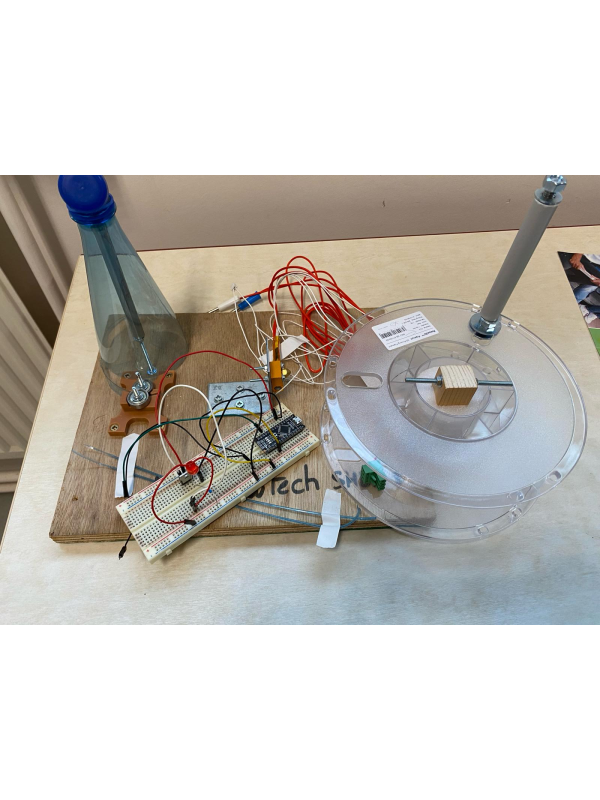
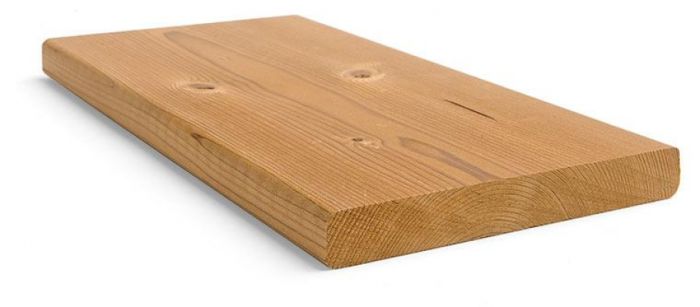
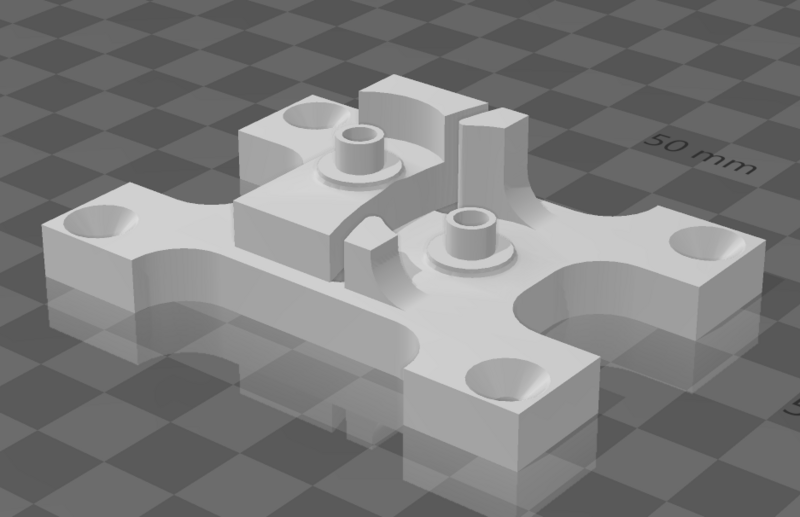
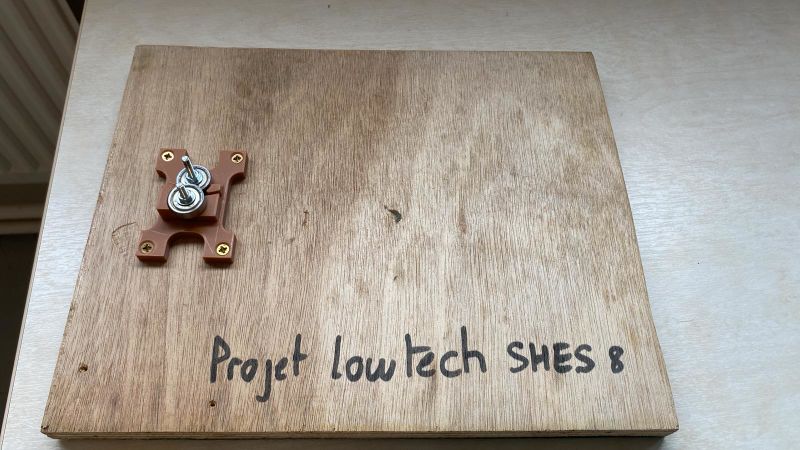
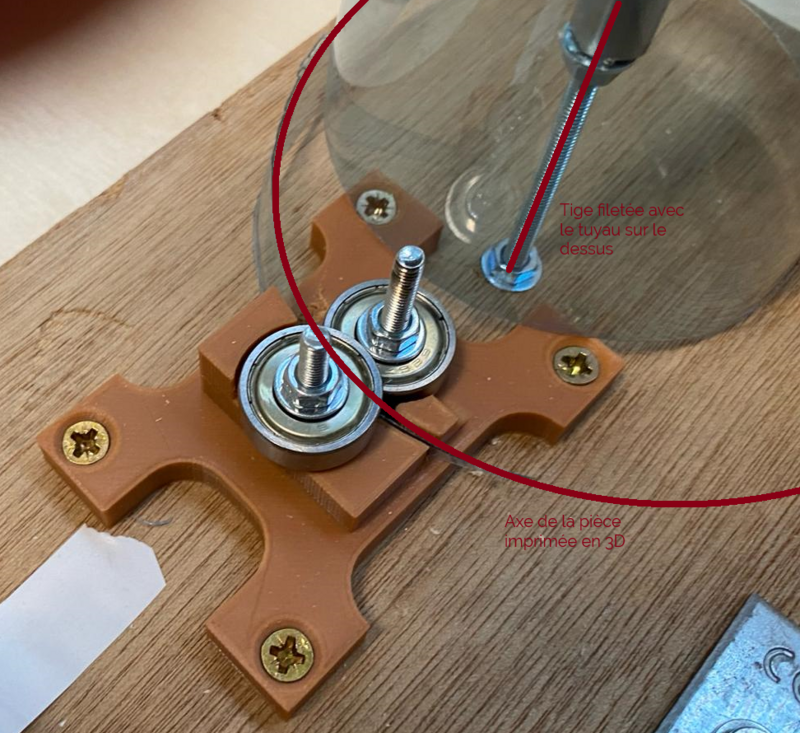
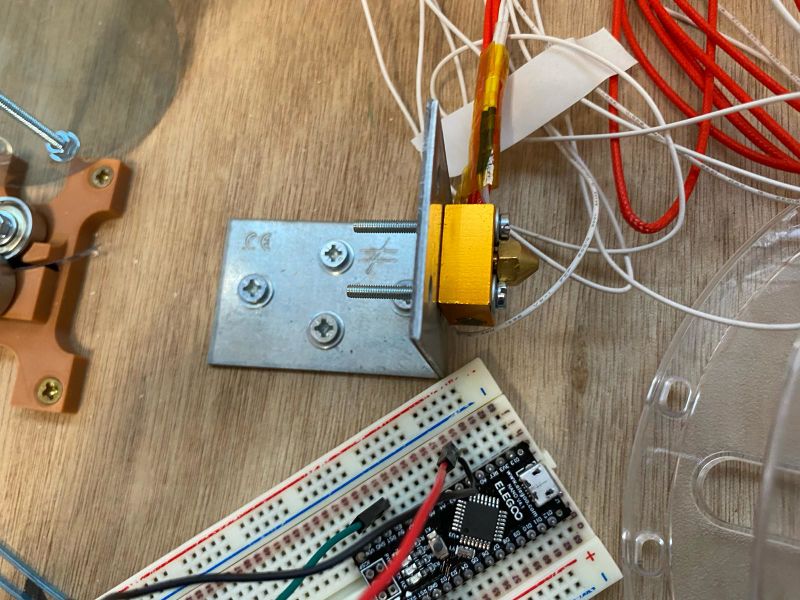
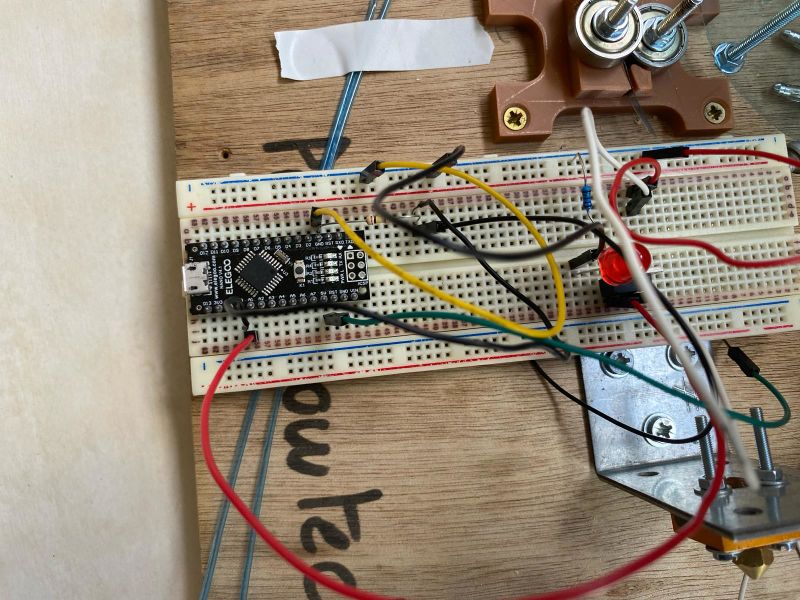
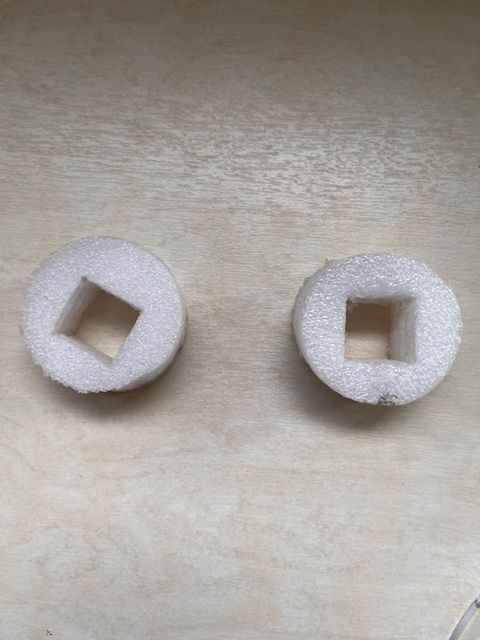
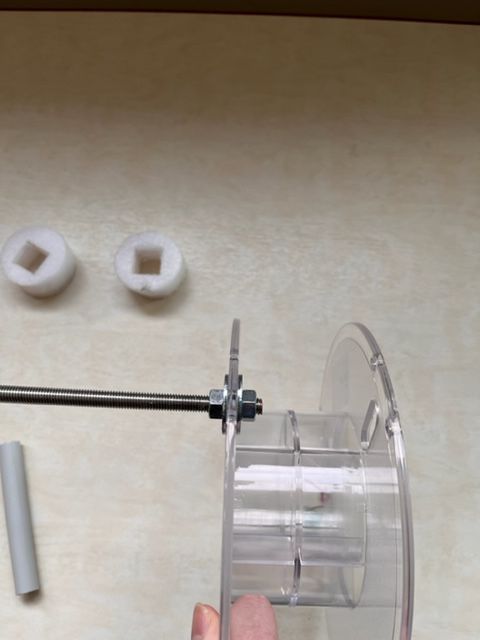
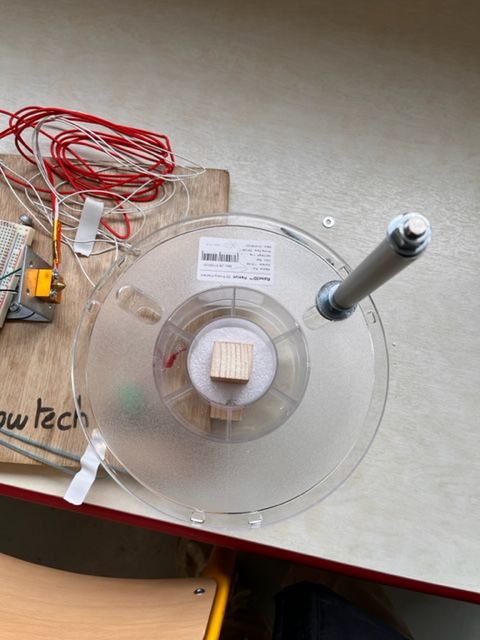
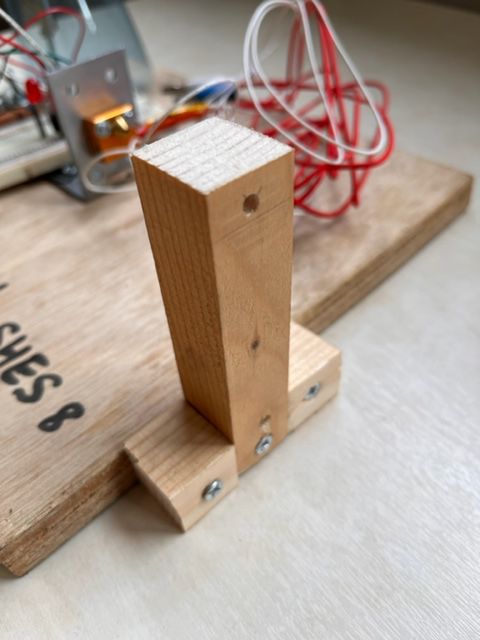
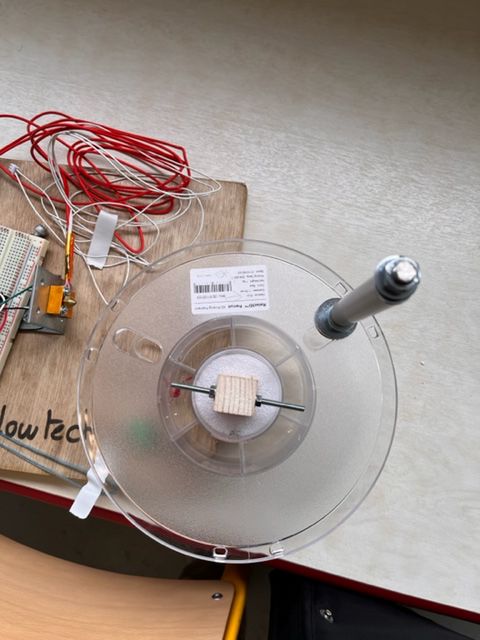
 Français
Français English
English Deutsch
Deutsch Español
Español Italiano
Italiano Português
Português